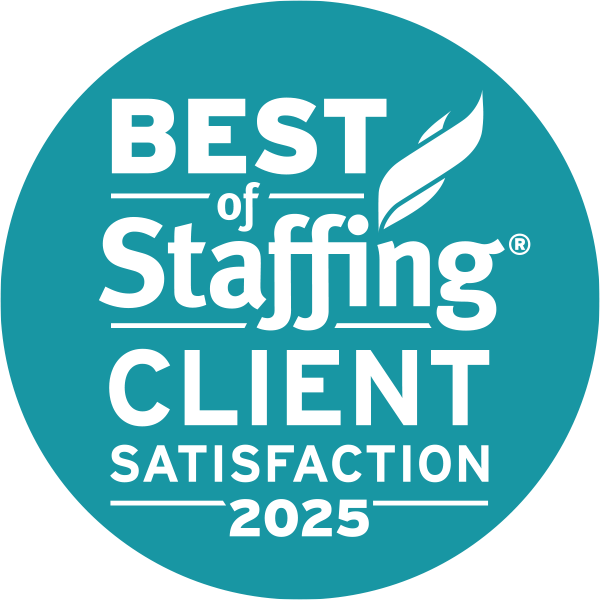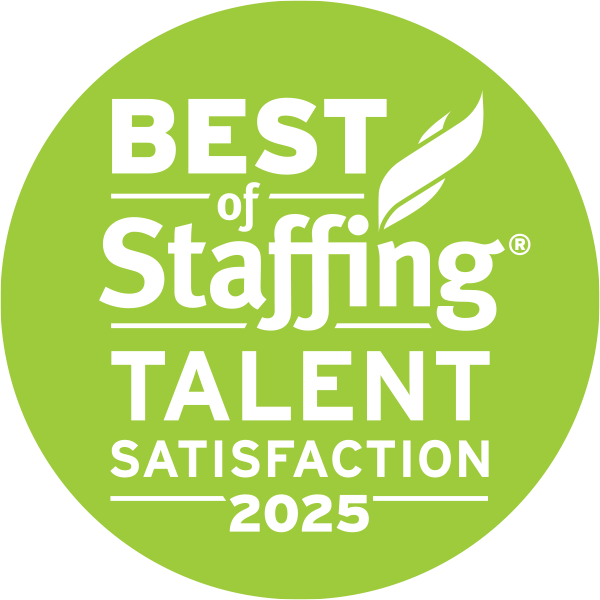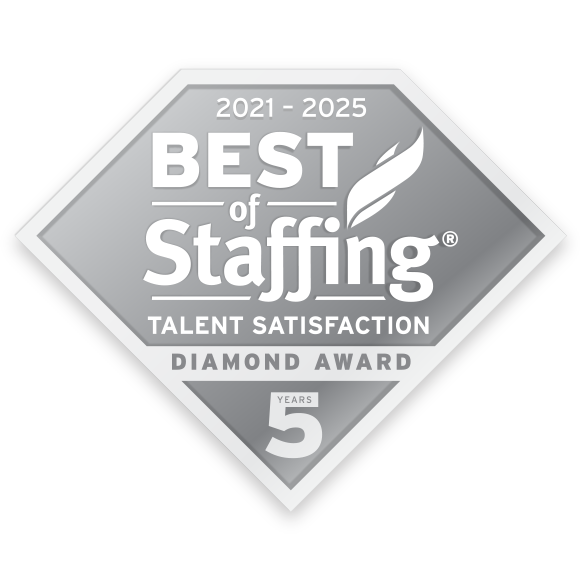By 2027, almost 900,000 of the 4.5 million registered nurses in the United States intend to leave the workforce. This exodus began in 2020, with as many as 100,000 nurses leaving at the time, and although the rate at which nurses quit their positions has slowed, it hasn’t stopped.
The problem has become systemic, with staffing shortages affecting facilities throughout the country. This not only makes it more difficult for patients to get the care they need, but it also impacts the remaining healthcare providers, placing a significant burden of labor on them.
But what, exactly, are the reasons behind nursing shortages, and what steps can be taken to address the problem? Here is what you need to know about this complex issue.
What’s causing the nursing shortage?
The reasons behind nursing shortages can vary from region to region. However, there are certain factors that are impacting healthcare facilities across the nation.
An aging population
One of the key reasons nursing shortages have become more evident of late is that the United States population is aging. By 2030, baby boomers will be 65 or older. That’s 73 million people who will require significantly more medical care.
Because approximately 19% of people over the age of 55 have three or more chronic conditions, the healthcare field may not be equipped to meet the demand. But it’s not just an aging population that impacts the healthcare field. An aging workforce also plays a role.
An aging workforce
The median age for registered nurses is 52, which means that within a decade, a large number will be heading into retirement. Almost 19% of RNs are 65 or older. Even before retirement, an older workforce can result in nurses who decide to work fewer hours or who struggle with their own medical issues.
For example, these nurses may not be able to take on the same workload they used to handle before and could be facing more burnout than nurses who have been in the field for fewer years. Burnout itself is a leading reason for the large number of nurses who’ve left the field.

Nurse burnout
Burnout refers to the emotional, physical, and mental exhaustion that results from prolonged and excessive stress. It can result in reduced efficacy in the workforce, lack of job satisfaction, and a variety of other issues that could lead a nurse to quit. Unfortunately, 62% of nurses experience burnout.
There are many reasons behind nurse burnout, including the stress levels inherent in the profession, as well as long hours that make it difficult to achieve a healthy work-life balance. Burnout creates a vicious cycle, too.
As more nurses leave the field because of it, they place a heavier burden on the remaining staff. This means that this staff will have to take on more work, which can cause more burnout and potentially, more exits.
Strategies for handling nursing shortages
Replacing the nurses who have left the field or are planning to do so as they approach retirement age involves taking some crucial steps to make the profession—and your facility—more attractive.
Improve recruitment
A shortage in nursing means that healthcare facilities have to constantly compete with one another to recruit the talent they need. Hospitals and clinics will need to offer better employee benefits, including competitive salaries, retirement plans, and adequate health insurance.
Facilities can also attract more talent with incentives like student loan repayment assistance, child care assistance, and tuition reimbursement. Anything that helps a posting stand out increases the chances of getting access to the right people.
Provide flexible scheduling options
It’s not easy to offer flexibility in scheduling when a facility is understaffed, but it’s an effective way of keeping job satisfaction among nurses high. When nurses have more freedom in their schedules, they can improve their work-life balance, leading to less burnout. It’ll also be easier to attract top talent who may have personal obligations.
Some facilities have had success in staff retention by eliminating mandatory overtime. If nurses have flexibility, they’re more likely to take on extra shifts because they can choose to work around their personal schedule, instead of having to fit their home life into the gaps left over from work.
Allowing nurses to split shifts into shorter scheduled times and even offering team scheduling so that groups of nurses can work shifts together can all make a difference.

Foster a positive work environment
A positive work environment helps facilities retain staff as well. In this area, maintaining open communication with nurses to address the challenges they face is crucial. Many factors influence nurse turnover, including management style and the level of autonomy and empowerment that the facility fosters.
Focusing on diversity, equity, and inclusion (DEI) is also important for nurse retention, since it helps to create a welcoming environment that understands and respects the various cultural backgrounds of the people who make up their staff. The more comfortable nurses feel in their workplace, the more likely they are to remain.
Encourage work-life balance
Nurses who don’t have a healthy work-life balance struggle with burnout and lower job satisfaction. This is because they don’t get the chance to rest physically and emotionally from the daily challenges they face.
To help nurses with this issue, facilities should encourage them to set boundaries between work and their personal lives and to try stress-management techniques after a long day. It can also be helpful to offer support in the form of counseling. If nurses have time off, encourage them to take it.
Helping nurses in this manner not only means improving retention, but it can also result in offering better patient care.
Offer career advancement opportunities
Helping nurses achieve their career goals can also encourage them to stay in the healthcare field. Facilities can provide leadership training, mentorship programs, and even opportunities for specialization. Nurturing their career goals encourages nurse loyalty, making it less likely that they’ll leave for other postings or for other fields.
Turn to Prolink to solve your workforce challenges
If your facility is struggling with nurse staffing shortages, the knowledgeable team at Prolink can help. We make it easier to gain access to top talent around the country so you can fill permanent and temporary positions seamlessly.
We carefully match talent with employers while providing complimentary mental health resources and a dedicated Clinical Team to help nurses with the various challenges inherent to the job. Contact us today to discover how we tailor our workforce solutions to your organization’s needs.









